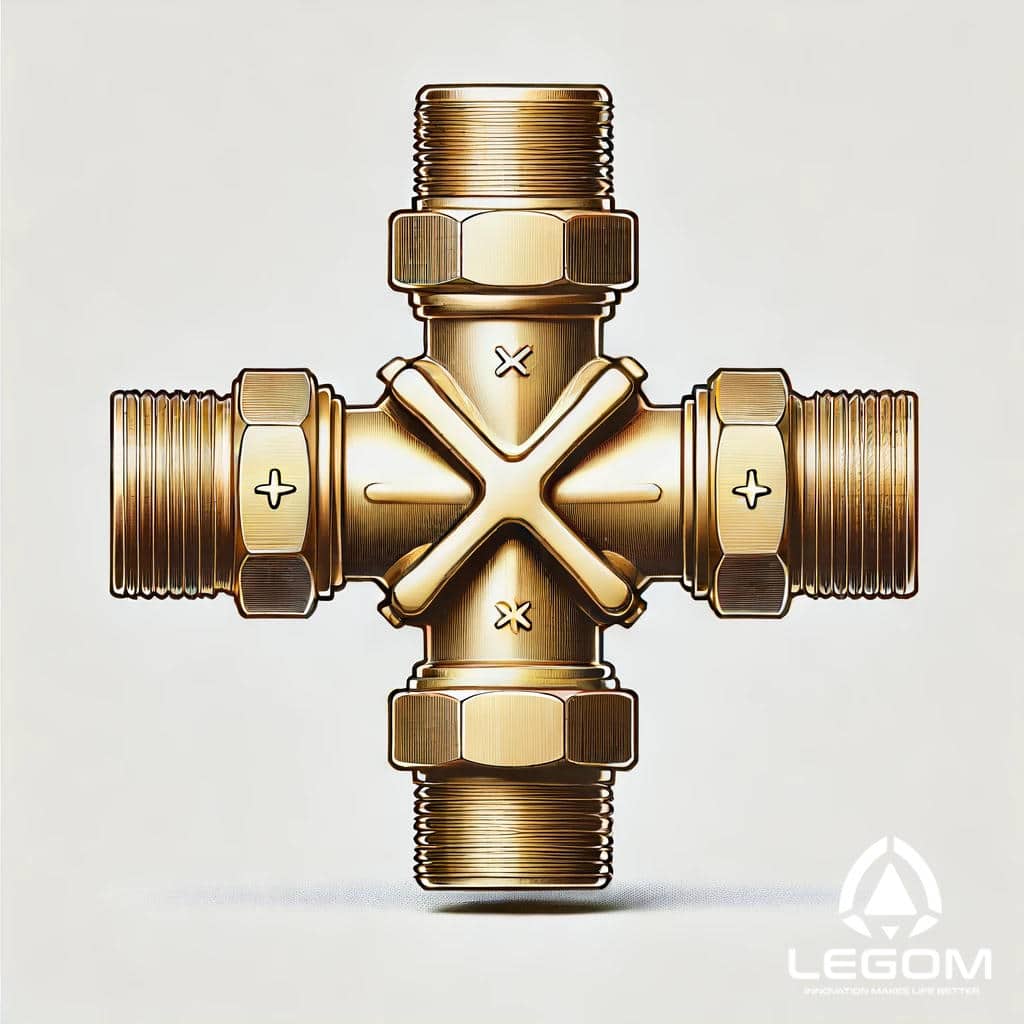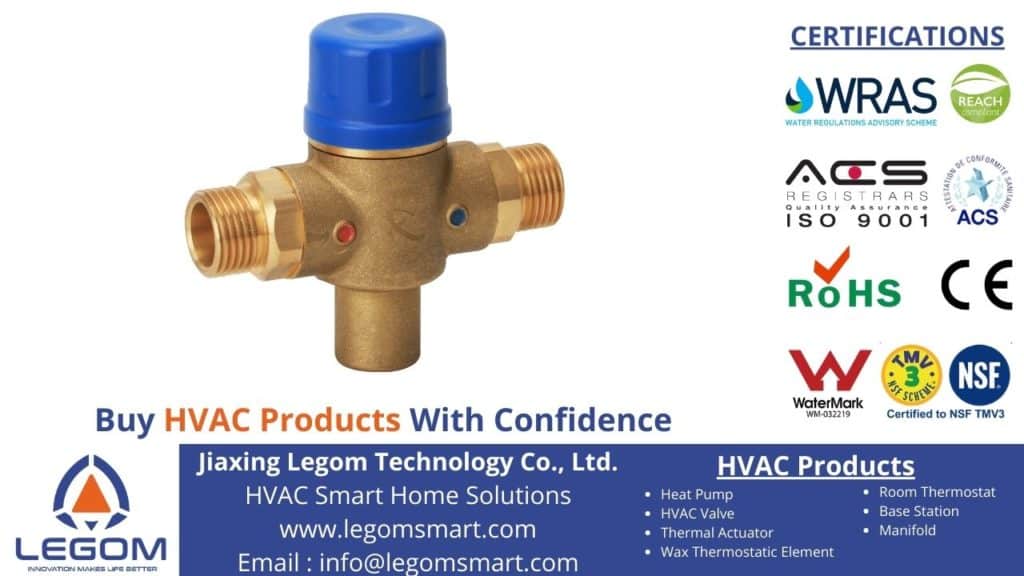
Illustration of a thermal bypass valve
All processes that require fast heating must have thermal bypass valves. These valves are very fast and effective in providing fluid temperature control in cooling systems, radiators, engine compressors, hydrostatic drive circuits, and other industrial applications. The optimal performance of fast heating comes from temperature control which works well. The liquid in the heating process must not be too hot so as not to reduce the viscosity of the liquid, causing leaks inside and damaging components or wear.
Meanwhile, a liquid temperature that drops too much will cause its viscosity to increase so that the pressure on the components increases. Thermal bypass in the hydraulic circuit will overcome excessive temperatures in the fluid so that the driving components in the system can get proper lubrication and high-performance efficiency.
Contents
How Thermal Bypass Valves Work
Thermal bypass valves monitor the flow entering the system and automatically divert fluid according to temperature to the appropriate outlet port. Fluid at or above the valve’s set point flows to the system coolant, while fluid below the set temperature returns to the reservoir.
Applications in Military Aircraft
Military aircraft also use thermal bypass valves. A valve that can control the correct temperature for the heat exchanger and coolant in the fuel oil will make the plane fly smoothly. A quick warm-up of the aircraft will quickly find an operating temperature that will not make the fluids too cold to the point of making the engine work harder or too hot to cause the engine to catch fire easily.
Wide Range Applications of Thermal Bypass Valves
You probably already know that we can use thermal bypass valves in various applications. From general applications such as electronic system cooling and battery cooling to Aerospace. This valve can keep the temperature in the system always within the range that best suits what the system needs.
Water Cooling System
Processes in water cooling systems require power electronics that they must cool. The cooling unit in will transfer heat to the flowing water when the water temperature is lower than the temperature of the cooling unit. Cooling efficiency can occur if the temperature difference between the two is higher. Then the hot water will go to the heat exchanger for the cooling process. Air will come out of the fan into the hot water circuit to cool it.
The air condition outside the system is also quite influential so we need thermal bypass valves. This valve will regulate the by-pass valve regulates the flow of hot water from the heat source and cold water from the heat exchanger. If the weather outside becomes very cold then only a small amount of cold water should be in the system. However, if the water is very hot, water circulation will occur through the heat exchanger.
A bypass valve that uses a thermostat will be very easy for you to operate in this water cooling system. Changes in water volume on the by-pass valve will open and close the valve.
This will automatically adjust the mix flow. You only need to choose the best thermostat from a trusted manufacturer so that the water cooling system can maintain the temperature within the range that the system requires.
Lubricant Oil Systems
Many industrial, aerospace, and mobile applications use lubricating oil systems. They need lubricating oil so that system wear and tear does not occur over the years. Apart from that, the performance of the pump and engine also increases if the oil lubricates well.
Therefore, this system requires proper temperature control. Emissions may increase and internal leaks may occur due to poor lubrication. Bad lubrication occurs because the temperature of the lubricating oil exceeds the limit and causes the oil viscosity to decrease.
Meanwhile, if the lubricating oil temperature is below the threshold, it can cause oil viscosity to increase, causing higher pressure on the pump and other components. However, the temperature must be at a safe point with regulation by thermal bypass valves.
Today’s thermostatic technology can actuate the bypass valve itself to monitor the flow entering the system. Then the liquid will flow to various places according to their respective temperatures. The hot liquid will go to the cooling system where it will make the thermal actuator active. Meanwhile, the cold liquid will pass through the bypass valve to the reservoir.
Upgrading HVAC Systems with Thermal Bypass valves
HVAC systems in homes, offices, and other commercial buildings require thermal bypass valves. Quality TBVs from trusted manufacturers can enhance heating, ventilation, and air conditioning systems, providing reliable operating temperatures, energy savings, and improved air quality.
Our Commitment to Excellence
As a leading HVAC supplier and manufacturer in China, Legom offers a wide range of HVAC valves designed to improve system efficiency and usability. Our products are built with advanced technology and sturdy construction, ensuring long-lasting performance. Consult with us now for your HVAC needs!

HVAC Valve manufacturer in China
